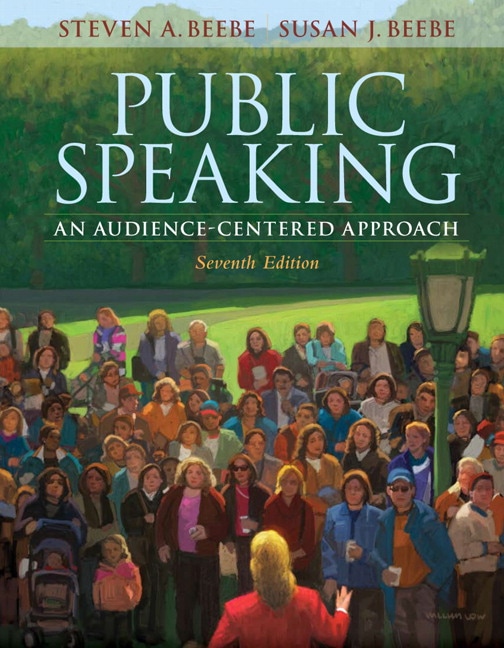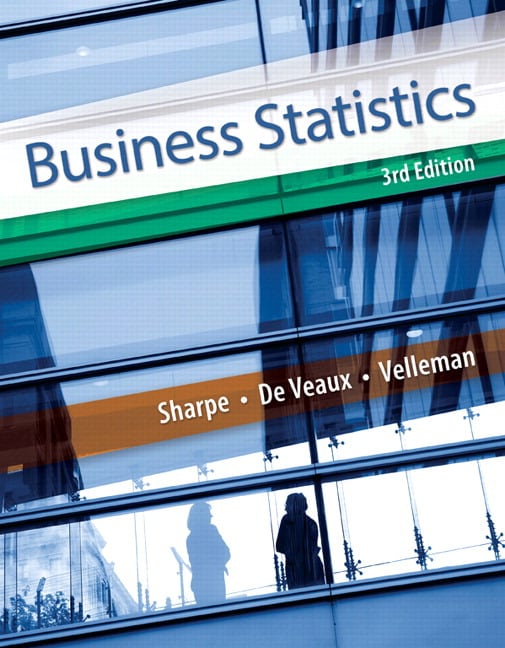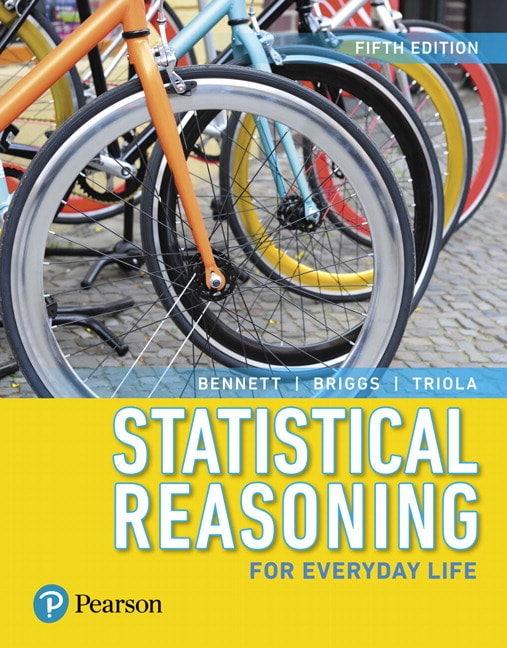
45.00$
Test Banks & Solution Manual
- Test Banks for Textbooks. Save money on TEST BANKS
- Anticipate the type of the questions that will appear in your exam.
- Delivery is INSTANT. You can download the files IMMEDIATELY once payment is done.
- Our test banks can help! All test banks are Downloads-take them with you to study!
- YOU GET ALL OF THE CHAPTERS. Each Test Bank follows your textbook.
- Ace Your Exams with Us! We are Students Helping Students Pass.
- Customer Service 24/7
Category : Higher Education
Each chapter concludes with “Summary,” “Being Audience-Centered: A Sharper Focus,” “Critical Thinking Questions,” “Ethical Questions,” and “Speech Workshop.” 1. Speaking with Confidence. Why Study Public Speaking? Public Speaking and Conversation. The Communication Process. The Rich Heritage of Public Speaking. Public Speaking and Diversity. Improving Your Confidence as a Speaker. 2. Previewing the Audience-Centered Speechmaking Process. The Audience-Centered Speechmaking Model. Consider Your Audience. Select and Narrow Your Topic. Determine Your Purpose. Develop Your Central Idea. Generate the Main Ideas. Gather Verbal and Visual Supporting Material. Organize Your Speech. Rehearse Your Speech. Deliver Your Speech. 3. Speaking Ethically and Freely. Speaking Freely. Speaking Ethically. Listening Ethically. 4. Listening to Speeches. Barriers to Effective Listening. Becoming a Better Listener. Improving Your Note-Taking Skills. Listening and Critical Thinking. Analyzing and Evaluating Speeches. 5. Analyzing Your Audience Becoming an Audience-Centered Speaker. Analyzing Your Audience Before You Speak. Adapting to Your Audience as You Speak. Analyzing Your Audience After You Speak. 6. Developing Your Speech. Select and Narrow Your Topic. Determine Your Purpose. Develop Your Central Idea. Generate and Preview Your Main Ideas. Meanwhile, Back at the Computer . . . 7. Gathering Supporting Material. Personal Knowledge and Experience. The Internet. Library Resources. Interviews. Resources from Special-Interest Groups and Organizations. Research Strategies. 8. Integrating Supporting Material. Illustrations. Descriptions and Explanations. Definitions. Analogies. Statistics. Opinions. Selecting the Best Supporting Material. 9. Organizing Your Speech. Organizing Your Main Ideas. Subdividing Your Main Ideas. Integrating Your Supporting Material. Organizing Your Supporting Material. Developing Signposts. Supplementing Signposts with Presentation Aids. 10. Introducing and Concluding Your Speech. Purposes of Introductions. Effective Introductions. Purposes of Conclusions. Effective Conclusions. 11. Outlining and Editing Your Speech. Developing Your Preparation Outline. Editing Your Speech. Developing Your Delivery Outline and Speaking Notes. 12. Using Words Well: Speaker Language and Style. Oral Versus Written Language Style. Using Words Effectively. Adapting Your Language Style to Diverse Listeners. Crafting Memorable Word Structures. Tips for Using Language Effectively. 13. Delivering Your Speech. The Power of Speech Delivery. Methods of Delivery. Characteristics of Effective Delivery. Audience Diversity and Delivery. Rehearsing Your Speech: Some Final Tips. Delivering Your Speech. Adapting Your Speech Delivery for Television. Responding to Questions. 14. Using Presentation Aids. The Value of Presentation Aids. Types of Presentation Aids. Guidelines for Developing Presentation Aids. Guidelines for Using Presentation Aids. 15. Speaking to Inform. Goals of Informative Speaking. Types of Informative Speeches. Strategies to Enhance Audience Understanding. Strategies to Enhance Audience Interest. Strategies to Enhance Audience Recall. 16. Understanding Principles of Persuasion. Persuasion Defined. How to Motivate Listeners. How Persuasion Works. How to Develop Your Persuasive Speech. Putting Persuasive Principles into Practice. 17. Using Persuasive Strategies. Establishing Credibility. Enhancing Your Credibility. Using Logic and Evidence to Persuade. Using Emotion to Persuade. Strategies for Adapting Ideas to People and People to Ideas. Strategies for Organizing Persuasive Messages. 18. Speaking on Special Occasions. Public Speaking in the Workplace. Ceremonial Speaking. After-Dinner Speaking: Using Humor Effectively. Epilogue. Appendix A: Speaking in Small Groups Appendix B: The Classical Tradition of Rhetoric. Appendix C: Speeches for Analysis and Discussion. I Have a Dream, Martin Luther King, Jr. Tissue Trade Reform, Christina Costanzo. Van Gogh’s Incredible Life, Kristy Shaw. Harvard Commencement Remarks, Bill Gates Ovarian Cancer: Breaking the Silence, Vigar Mohammed. The Hillbilly Girl, Bridget Traut. A Jury Not of Her Peers, Colston Reid. Notes. Index. Table of Contents
What is Test Bank?
The test bank is a guide for testing and exams. It contains a lot of questions with their correct answers related to an academic textbook. Test banks usually contain true/false questions, multiple choice questions, and essay questions. Authors provide those guides to help instructors and teachers create their exams and tests easily and fast. We recommend all students to download the sample attached to each test bank page and review them deeply..
What is Solutions Manual?
The solutions manual is a guide where you can find all the correct answers (odd and even) to your textbooks’ questions, cases, and problems.
Can I get a sample before buying a Test Bank or Solutions Manual?
Samples are attached to each test bank and solutions manual page at our website. We always recommend students and instructors to download the samples before placing orders. At MANUALS1 we offer a complete sample chapter for each product.
Can I download my files immediately after completing the order?
Yes. Our system will grant you an access to download your files immediately after completing the order.
How will I download my product?
You will receive an email from testbanky that contains the download link.
If you could not download your product for any reason, contact us and we will solve the issue immediately.








